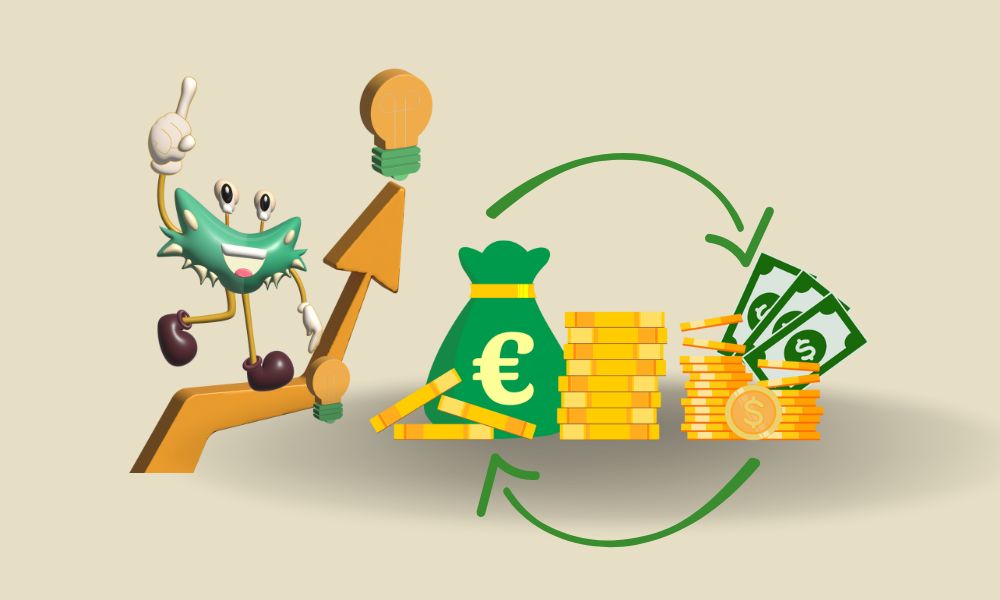
EUR/USD Trading
The euro (EUR) and US dollar (USD), as the world's two largest and most commonly traded currencies, account for the majority of trades in international finance.
Euro to USD (EUR/USD) trading occurs on a daily basis, and the pair is extremely popular; it is the world's most liquid currency pairing.
Many businesses operate in both Europe and the United States, with offices in both locations.
As a result, a large number of transactions involving the two currencies occur every day.
However, this is not the only reason why euro-US dollar trades are so active every day.
Other reasons for trading and investing include the vast amount of economic and financial data available on the EUR/USD exchange rate, the diverse range of market participants, and the EUR/USD market's combination of volatility and liquidity - all of which make trading this pair appealing to newcomers and veterans alike.
EUR/USD Price History
Despite the fact that it is a currency pair that has only existed since the end of the twentieth century, EUR/USD has proven to be a force in modern forex trading.
The euro was first envisioned at the turn of the twentieth century. It was not fully realized, however, until the end of the century.
It began as a purely digital currency, and then as physical notes and coins.
This common currency for much of Europe quickly gained traction and established itself as a market leader.
Euro trading quickly became a new and exciting financial opportunity.
Of course, the dollar is much older, with roots dating back to 1792 and the adoption of the United States Constitution.
Since then, the dollar has gained significant strength and, when combined with the euro, has become something of a global standard among investors and traders.
The euro rate history, on the other hand, has not always been so rosy - some blips have occurred during its brief existence.
The euro fell to an all-time low between 2008 and 2014.
This was the result of the fallout from the 2008 financial crisis: while the subprime mortgage crisis in the United States increased its strength, the crisis caused a recession in Europe. The EUR/USD experienced large price swings over the next few years as a result of various economic and political events.
In these two sections, we'll take a closer look at this market and learn about the roles of both currencies in the euro-US dollar trading landscape.
Because interest rates influence the EUR/USD exchange rate, it is no surprise that the European Central Bank (ECB) is one of the major institutions to which investors and traders will pay close attention when making decisions that may affect the future direction of this currency pair.
The ECB publishes monthly reports on interest rates and the economic outlook, which investors and traders use as indicators of future policy direction and the impact on the EUR/USD exchange rate.
Broader economic data, such as consolidated employment figures, can also have an impact on the EUR/USD exchange rate and serve as an important source of information for traders.
The US dollar, like its counterpart, is influenced by its own central bank, the US Federal Reserve, also known as the Fed.
The Federal Funds rate and rate statements are released by the institution eight times a year, and they can provide insight into the state of the US economy and have an impact on the currency.
In the United States, the Bureau of Labor Statistics releases Nonfarm Payroll data on the first Friday of each month.
This is the US unemployment data, which frequently causes volatility in the EUR/USD pair. Traders and investors all over the world are keeping a close eye on it.